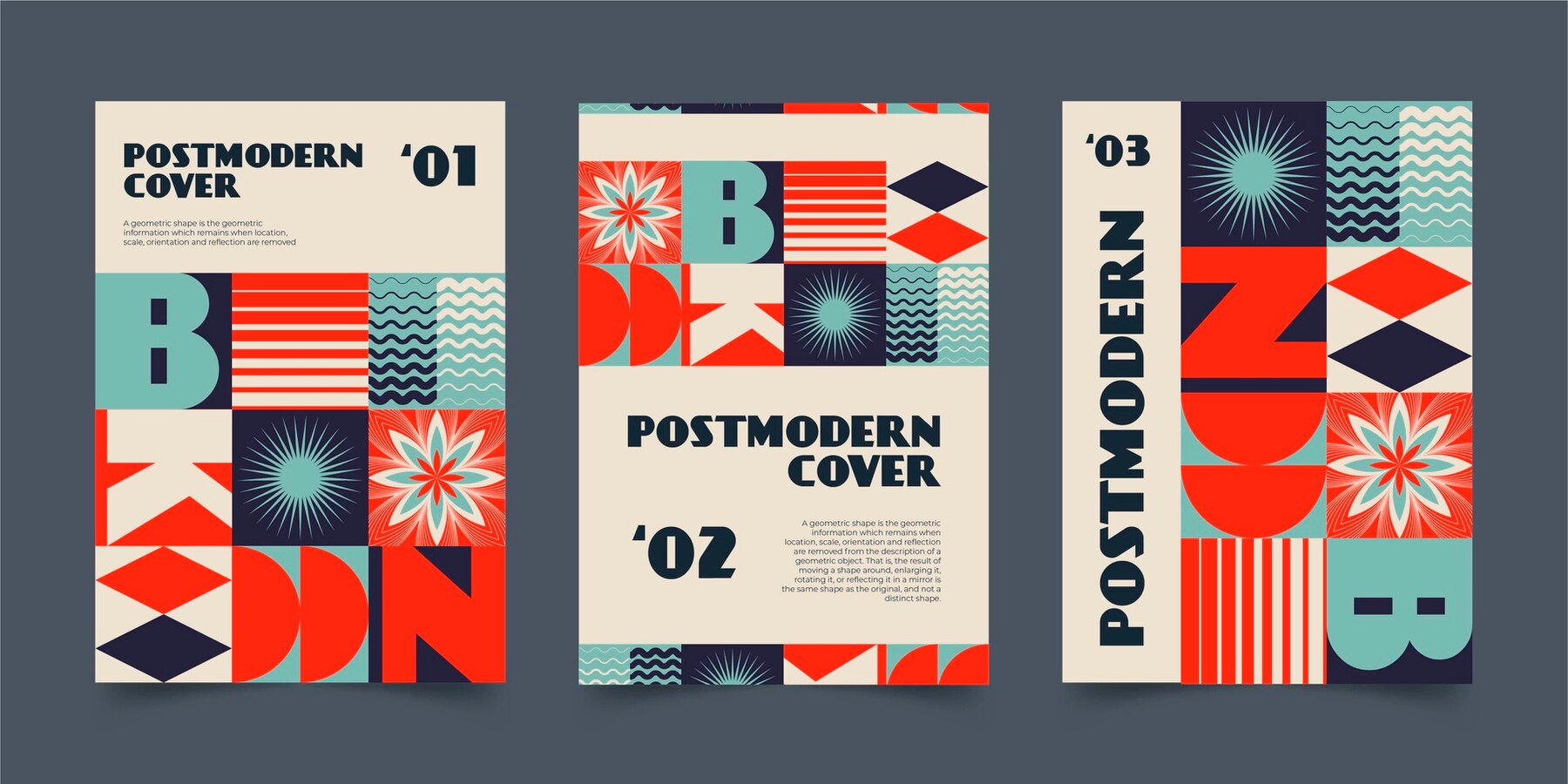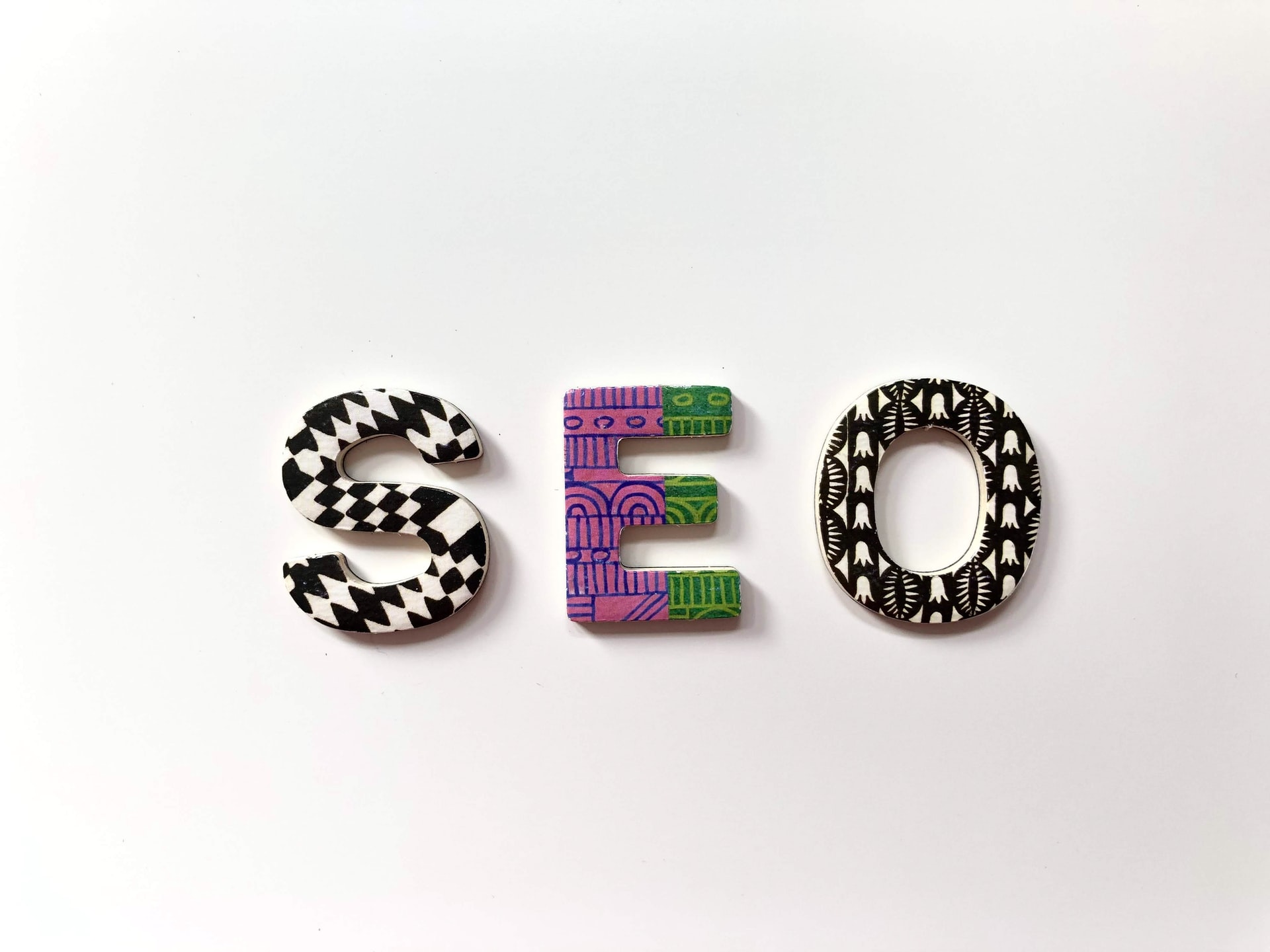As a professional copywriting journalist, I take great pride in investigating and uncovering hidden gems. I’m excited to share this article about postmodern graphic design, a style that has revolutionized the graphic design industry. Postmodernism challenged traditional design norms and encouraged designers to think outside the box.
The result?
A visually captivating and thought-provoking design that pushes boundaries and ignites creativity. So, let’s dive into the world of postmodern graphic design and explore its history, evolution, and influence on contemporary culture.

Key Takeaways:
- Postmodern graphic design challenges traditional design norms.
- Postmodernism encourages designers to think outside the box and push boundaries.
- Postmodern graphic design creates visually captivating and thought-provoking designs.
The Evolution of Postmodern Aesthetics
Get ready, folks. We’re about to travel through the evolution of postmodern graphic design aesthetics. Buckle up and hold on tight!
Postmodernism emerged in the late 20th century as a response to modernism. It rejected the idea of objective truth and emphasized the subjectivity of experience. This philosophy extended to graphic design, where designers began to use abstract, deconstructive, and often unconventional techniques.
The deconstructionist movement played a significant role in the evolution of postmodern aesthetics. Designers like David Carson and Neville Brody challenged traditional design rules using fragmented typefaces and unconventional layouts.
This movement paved the way for innovative graphic design techniques. Designers experiment with elements like color, texture, and typography. Instead of adhering to strict design principles, they used a “whatever works” approach to create visually stunning designs.
The Impact of Deconstructionist Design
Deconstructionist design upturned the traditional notion of good design. It challenged the concept of objective truth and rejected the idea that form should follow function. Instead, it embraced the opposite notion: that form could follow the confusion and chaos of experience.
Deconstructionist design encouraged designers to challenge the status quo by breaking down established design principles. This led to new, unconventional aesthetics that were radical departures from traditional modernist design’s clean and simple lines.
The result was a new era of graphic design that embraced bold color schemes, experimental typography, and subversive imagery. This new style was visually exciting and engaged with the viewer on a deeper level.
Embracing Innovation
Postmodern aesthetics have continued to evolve, with contemporary designers embracing innovation at every turn. They have taken the unconventional design techniques of the past and evolved them into new and exciting forms of expression.
Today’s postmodern designers are pushing the boundaries of design even further, using technology to create interactive, multidimensional graphics and animations that were once thought impossible.
Remember that experimentation and innovation are essential if you’re a designer looking to embrace postmodern aesthetics. Don’t be afraid to break the rules, challenge the norms, and try new things. You never know where your creativity might lead you!
Mind-Blowing Examples of Postmodern Graphic Design
Hold onto your hats because I’m about to blow your mind with some extraordinary examples of postmodern graphic design. Brace yourself for a wild ride through experimental design and subversive techniques that push the boundaries of contemporary graphic design.
First, we have the work of Dutch graphic designer Irma Boom. Her unconventional approach to book design earned her international acclaim and solidified her position as a postmodern design pioneer. Bold, unexpected color combinations and innovative use of typography characterize her work.
| Designer | Design |
|---|---|
| Irma Boom |
Next, let’s look at the work of American designer Chip Kidd. If you’ve ever picked up a book with a bold, eye-catching cover, there’s a good chance that Kidd had a hand in it. His iconic designs often feature unconventional imagery and unexpected typography, making his work memorable and impactful.
| Designer | Design |
|---|---|
| Chip Kidd |
If you’re looking for something truly groundbreaking, check out the work of Swiss designer David Carson. His experimental approach to typography and layout has been described as chaotic and disruptive yet undeniably effective. His work has been featured in countless publications and has left an indelible mark on the graphic design world.
| Designer | Design |
|---|---|
| David Carson |
Finally, we have the work of British designer Peter Saville. His contributions to postmodern design can be seen across various mediums, from album covers for bands like Joy Division and New Order to branding for fashion labels like Yohji Yamamoto. His designs often feature bold, geometric shapes and experimental color schemes that challenge traditional design norms.
| Designer | Design |
|---|---|
| Peter Saville |
These designers are just a few examples of the incredible work produced in postmodern graphic design. With their innovative and subversive techniques, they challenge traditional design norms and create eye-catching work that pushes the boundaries of contemporary graphic design.
The Influence of Postmodernism on Graphic Design Principles
First, graphic design principles can sometimes feel rigid and restrictive. However, postmodern graphic design challenges these norms, encouraging designers to break free from the traditional rules and experiment with new and innovative techniques.
Postmodernism in graphic design embraces a subversive approach. Designers use reconstructionist techniques to challenge established norms and create something entirely new. Postmodern graphic designers create bold and visually striking works that leave a lasting impression by breaking down traditional design elements and piecing them together unexpectedly.
The Impact of Deconstructionist Design on Postmodern Graphic Design
A key element of postmodern graphic design is the influence of deconstructionist design. This approach involves breaking down traditional design elements and reconstructing them in a new and unexpected way. Postmodern graphic designers often use this approach to subvert traditional design norms and create something entirely new.
One of the most famous examples of deconstructionist design in postmodern graphic design is David Carson’s work for Ray Gun magazine. Carson’s designs broke free from the traditional grid system, using fragmented typography and layered imagery to create a chaotic and visually striking style.
Postmodernist Design Principles in Action
In postmodern graphic design, the sky’s the limit regarding experimentation and pushing boundaries. Designers often incorporate seemingly incongruent elements into their work, creating a sense of tension and surprise that captivates the viewer.
For instance, artist Barbara Kruger used bold typography and stark imagery to create thought-provoking works that challenge societal norms. Her iconic piece, “Your body is a battleground,” exemplifies the postmodernist approach to design, using irony and subversion to create a powerful message.
Breaking Free from Traditional Design Principles
Postmodern graphic design encourages designers to think outside the box and break free from traditional design principles. By experimenting with unexpected combinations of typography, imagery, and color, postmodern graphic designers create visually stunning works that push the boundaries of what is deemed “acceptable” in the design world.
So go ahead, break the rules, and experiment with new and innovative techniques. Embrace postmodern graphic design principles, and watch your work stand out.
Unveiling the Hidden History of Postmodern Graphic Design
Okay, let’s get real here. When I first heard the term “postmodern graphic design,” I thought, “Is this some kind of hipster thing?” But as I dug deeper into avant-garde design, I realized there is so much more to it than meets the eye. And as it turns out, there’s a whole hidden history behind the movement.
At its core, postmodernism challenged the established principles of modernism that had dominated design for decades. Instead of clean, minimalistic designs, postmodern graphic design embraced complexity, experimentation, and subversion of traditional norms. It was a rebellion against the status quo, attracting some of the most innovative and daring designers of the time.
However, despite its groundbreaking nature, postmodern graphic design often flew under the radar and was overshadowed by more mainstream trends. But as we look back on the movement, it’s clear that it profoundly influenced design as we know it today.
The Rise of Postmodernism
The origins of postmodernism can be traced back to the 1960s and 70s when designers began to challenge the rigidity of modernist design principles. Postmodern graphic design emerged as a response to the cultural and political upheaval of the time, rejecting the idea that design should be purely functional and devoid of any personal expression.
Perhaps the most iconic postmodernist movement was the Memphis Group, founded in Italy in 1981. The designers, architects, and artists embraced bright colors, bold patterns, and asymmetrical forms. Their designs were playful and whimsical, quickly becoming a sensation in the design world.
The Hidden Heroes of Postmodern Graphic Design
But the Memphis Group was just one piece of the postmodern puzzle. Many other designers and movements contributed to the movement, often with far less recognition. For example, the Dutch design collective Wild Plakken used guerrilla tactics to plaster provocative posters around Amsterdam in the 1970s, challenging traditional notions of advertising and branding.
Another lesser-known pioneer of postmodernism was April Greiman, an American designer who experimented with digital technology in the 1980s. Bold colors, surreal imagery, and a blend of traditional and electronic design elements characterized Greiman’s work. She was a true trailblazer in the field, and her influence can be seen in countless contemporary designs.
The Legacy of Postmodernism
Today, postmodernism’s influence can be seen across various design disciplines, from branding and advertising to fashion and product design. Its legacy is particularly evident in typography, where designers continue to experiment with unexpected typefaces and layouts.
Perhaps most importantly, postmodern graphic design paved the way for a more inclusive, diverse approach to design. By rejecting the notion of a “universal” design style, postmodernism allowed designers of all backgrounds to bring their unique perspectives to the field.
So, the next time you’re browsing a magazine or scrolling through your Instagram feed, take a moment to appreciate the postmodernist designs lurking beneath the surface. And remember, there’s always a hidden history waiting to be uncovered.
The Impact of Postmodern Graphic Design on Contemporary Culture
Let’s face it: Postmodern graphic design has significantly impacted contemporary culture. Postmodern aesthetics have infiltrated every aspect of our visual landscape from the billboards we see on our daily commute to the packaging of our favorite snack foods.
Postmodernism encourages designers to experiment with unconventional materials and techniques, creating eye-catching designs that break traditional norms. These designs have become a staple in advertising and marketing as businesses seek to grab consumers’ attention in a crowded market.
However, postmodern graphic design has influenced more than just commercial industries. The entertainment industry, specifically music and film, has embraced postmodern aesthetics. From music video production to album covers, postmodern design principles are readily apparent, often pushing the boundaries of what is considered acceptable in traditional design.
The Influence of Postmodern Graphic Design on Popular Media
Postmodern graphic design has also impacted contemporary media, including television shows and movies. Creators and designers use postmodern techniques to deconstruct traditional storytelling and visual aesthetics.
One well-known example is the opening sequence of the hit television series Stranger Things. The design features a retro-futuristic font and a pixelated background, harkening back to the 1980s, an era many believe embodies postmodern ideals. Its iconic design has become synonymous with the show itself, further solidifying the impact of postmodernism on popular media.
The Future of Postmodern Graphic Design
As we progress in the digital age, postmodern graphic design will continue to evolve. We’ve seen glimpses of this with the rise of glitch art, a genre encompassing postmodern principles in a digital context.
What’s clear is that postmodernism’s influence on contemporary culture cannot be understated. Its impact can be seen in every aspect of our daily lives, from the advertisements on our commutes to the entertainment we consume in our free time. Postmodern graphic design has become a cornerstone of modern aesthetics, and its principles will continue to shape the future of design as we know it.
Embracing Postmodern Graphic Design: Tips and Inspiration
Now that you’re familiar with postmodern graphic design and its principles, you may wonder how to incorporate it into your work. Fear not, dear designers! I have some tips and inspiration to get you started.
Tip 1: Experiment with Typography
Postmodernism encourages designers to challenge traditional design norms, and typography is no exception. Experiment with typography using unconventional fonts and layouts to create visually engaging designs. Play with scale, spacing, and alignment to create striking compositions that are as aesthetically pleasing as they are thought-provoking.
Tip 2: Push the Boundaries with Color
Postmodern graphic design is about breaking free from the norm, and color is a powerful tool. Don’t be afraid to use bold and unexpected color combinations to create eye-catching designs. Experiment with gradients, patterns, and textures to add depth and dimension to your work.
Inspiration: Contemporary Designers Embracing Postmodern Aesthetics
If you’re looking for inspiration, look no further than the work of contemporary designers who have embraced postmodern aesthetics. Take a cue from the likes of David Carson, Paula Scher, and Stefan Sagmeister, who push the boundaries of design with their bold and innovative works.
Carson’s experimental approach to typography and unconventional layouts have made him a trailblazer in postmodern graphic design. Scher’s bright colors, hand-drawn lettering, and bold imagery make her work instantly recognizable. Sagmeister’s playful and unconventional designs reflect his mantra, “Design that needed guts from the creator and still carries the ghost of these guts in the final execution.”
Tip 3: Embrace Subversive Design Techniques
Postmodernism is about challenging the status quo, and subversive design techniques are powerful. Experiment with juxtaposition, irony, and satire to create designs, states, statements, and expectations that challenge the viewer’s perspective.
By embracing postmodern graphic design, you have the power to create visually captivating and thought-provoking works. Experiment with unconventional typography, bold color schemes, and subversive design techniques to push the boundaries of contemporary graphic design. Remember, the only limit is your imagination!
FAQ
Q: What is postmodern graphic design?
A: Postmodern graphic design is a design style that emerged in the late 20th century and challenges traditional design norms. It often incorporates elements of deconstruction and experimentation, creating visually captivating and thought-provoking works.
Q: What are some examples of postmodern graphic design?
A: Some mind-blowing examples of postmodern graphic design include works by designers such as David Carson, Stefan Sagmeister, and Paula Scher. These designers have embraced experimental and subversive design techniques to create unique and innovative designs.
Q: How does postmodern graphic design influence contemporary culture?
A: Postmodern graphic design has had a significant impact on contemporary culture. Its aesthetics have permeated various aspects of our daily lives, from advertising to popular media. It challenges traditional design norms and encourages designers to think outside the box.
Q: How can I incorporate postmodern graphic design into my work?
A: To embrace postmodern graphic design, it’s essential to experiment with different techniques and styles. Incorporate elements of deconstruction and subversion into your designs. Look for inspiration from contemporary designers who excel in this style, and don’t be afraid to push boundaries.





